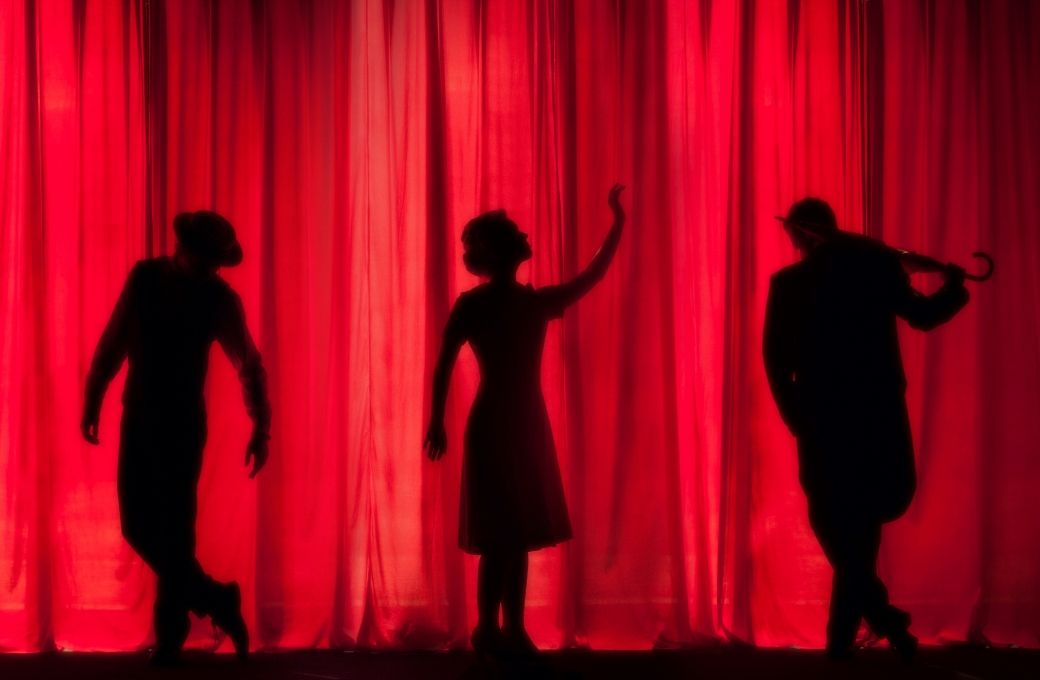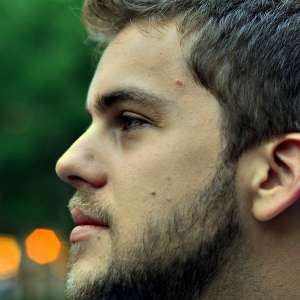Today, you can experience a live opera way around the world through HD broadcasts, stream favorite productions on your laptop, or compare dozens of divas on YouTube. Opera has certainly come a long way in its more than four-hundred-year history! But, what were early operas like, and what inspired the origins of the genre?
Jacopo Peri’s Dafne, first performed at the end of the 16th century, is often recognized as the first opera. Peri and his librettist Ottavio Rinuccini were part of the elite Florentine Academy that included the likes of Giulio Caccini, Barbara Strozzi, and even Galileo Galilei’s father, Vincenzo Galilei.
The Academy was interested in reviving Greek theatrical styles by blending drama, dance, and music into a single, spectacular medium. Members created a number of musical and theatrical experiments that ultimately resulted in the creation of Dafne.
As early as the 12th century, liturgical dramas like Hildegard von Bingen’s Ordo Virtutum relied upon music to tell stories on stage. But Dafne was unique in its continuous use of the newly developed stile rappresentativo; a style of solo singing that was simple, natural and could be accompanied flexibly with a basso continuo.
Earlier musical spectacles called intermedii also used the stile rappresentativo, but were only interspersed between the acts of spoken dramas. And, while intermedii might contain different tableaux organized with loose allegorical or mythological themes, they did not usually present an independent and unified drama like Dafne did.
Despite being recognized as unique even in its own time, Dafne was never called an opera, but rather a favola in musica (musical fable). The same generic title was used for Claudio Monteverdi’s better-known Orfeo, which premiered in Mantua almost a decade after Peri’s piece.
Attending a performance of Dafne or Orfeo was much different than going to the opera house today. Early music dramas were not performed behind a proscenium arch, but instead took place in the apartments of palaces, placing performers and audiences in close quarters. Carnival, the season when most music dramas were mounted, blurred the line between observer and observed, fantasy and reality, since spectators may have been masked (in maschera) themselves.
Music drama evolved in response to and alongside other forms of courtly entertainment, ritual, and pageantry. For example, Peri’s Euridice was created for the wedding of King Henry IV of France and Maria de Medici and dramatizes the nuptials of Orpheus and Eurydice. It incorporated elements of wedding celebrations and pastoral dramas with the new stile rappresentativo, but was called a tragedia (tragedy).
Even as opera became an industry all of its own by the late 1630s, performances were typically referred to by different generic titles. Le nozze di Teti e di Peleo, Cavalli’s first opera for Venice’s first public opera house, was called a festa teatrale (theatrical festivity), while Giasone, his most popular work, was called a drama musicale.

Courtly dance exerted a tremendous influence on early music drama, particularly in France where the ballets de cour (court ballets) reigned supreme. Works like the Ballet de la nuit displayed artistic splendor and political authority. Lasting from sun-down to sun-up, Louis XIV appeared in the ballet as Apollo, portraying him as a master of dance, his subjects, and the world. Though the majority of the music in works like the Ballet de la nuit was instrumental, they contained vocal music as well and can only be described as “operatic” in scope.
Before continuously sung French-language dramas evolved, the French imported Italian works. Often, as in the case of a French revival of Cavalli’s Ercole amante, danced entrées were inserted to sate the audience’s appetite for ballet. When Jean-Baptiste Lully finally established French language music drama, dance remained an essential element, even in “serious” genres like the tragédie en musique.
Some of the most complex musical-dramatic entertainments could even take place over several days. Operatic festival reached new heights under the Sun King and his six-day festival Les plaisirs de l'île enchantée established his court as the most lavish in all of Europe. Les plaisirs included a comédie-ballet by Molière and Lully, the première of Molière’s Tartuffe, fireworks, horse races, balls, dinners, concerts, and more. During one such festival, Lully premiered a tragédie en musique called Alceste in an open-air theater erected in the marble courtyard at Versailles.
Though some may say “a rose by any other name would smell as sweet”, the fact remains that there are over one hundred species of roses, and each smells unique. The same is true with early music drama. The early favole of the Italian academies are quite different from the tragédies en musique of Lully, even though today we might call them all by the same name: opera.
We can easily understand the diversity within the medium of opera if we compare it to the modern musical. If your expectations for a musical are defined by Oklahoma! and The Sound of Music, you will be in for quite a surprise at a live screening of The Rocky Horror Picture Show. There are also many musicals that are operatic in their use of continuous music: Porgy and Bess, Jesus Christ Superstar, and Les Misérables, to name a few.
Diverse genres of early music dramas have allowed some modern companies to challenges our ideas of a typical night at the opera. Les Arts Florissants has staged Handel’s serenata Acis and Galatea outdoors just as night falls, since evidence suggests the genre was originally meant to be enjoyed on evenings al fresco. Gotham Chamber Opera recently performed Cavalli’s Eliogabalo, a dramma per musica, in a Manhattan nightclub, simulating the social environment of Venetian carnival.
Certainly, early music dramas encourage us to think outside of the proscenium. By examining these early works, we can continue to experiment with how we present and experience opera to ensure that it remains relevant.


